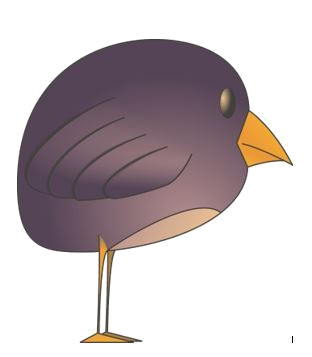Level 3 Functional Mathematics
Level 3 Functional Mathematics
DIGITAL RESOURCE ONLY
Worksheets for Students + Tutor / Teacher Answers
Contains 125 pages
Students will cover the following learner outcomes:
NUMBER
Describe the role and impact of number on daily life
Describe the concepts of natural numbers (N), integers (Z), rational numbers (Q) and real numbers (R)
Describe the properties of addition and multiplication
Describe the concept of number bases and their application in daily life
Describe the concepts of part-whole, fractions, and decimals
Demonstrate equivalence between simple fractions, decimals and percentages
Express simple ratios as fractional ratios e.g. 1:2=1/3:2/3 1.8 Calculate solutions to real life mathematical problems following the correct order of operations when applying the principal arithmetic operations, i.e. addition, subtraction, multiplication, division, to natural numbers (N), integers (Z), rational numbers (Q) and real numbers (R) 1.9 Use a calculator to perform operations requiring functions such as addition, subtraction, multiplication, division, percent, memory keys and the clear key 1.10 Give approximations to real life mathematical problems by using strategies including estimation, significant figures and rounding off large natural numbers 1.11 Solve routine problems from a limited range of meaningful, real life situations by making sense of the situations mathematically, making an initial model of the situation, deciding on appropriate mathematical techniques and tools to use in the situation, applying mathematical techniques, examining patterns, relationships and assumptions and making adjustments to see their effect on the initial model, and discussing and presenting results and conclusions in relation to the situation.
ALGEBRA
Describe the concept of algebra and its similarity to arithmetic
Describe the properties of linear expressions, linear equalities and linear inequalities
Write algebraic expressions for familiar real life situations
Use language appropriate to algebra
Simplify basic algebraic expressions by applying the principal arithmetic operations of addition, subtraction, multiplication, and division to algebraic expressions of one or two variables
Solve simple algebraic equations and inequalities of 1 variable
Transpose formulae and equations
Solve simultaneous equations
Solve routine problems from a limited range of meaningful, real life situations by making sense of the situations mathematically, making an initial model of the situation, deciding on appropriate mathematical techniques and tools to use in the situation, applying mathematical techniques, examining patterns, relationships and assumptions and making adjustments to see their effect on the initial model, and discussing and presenting results and conclusions in relation to the situation.
See sample here

